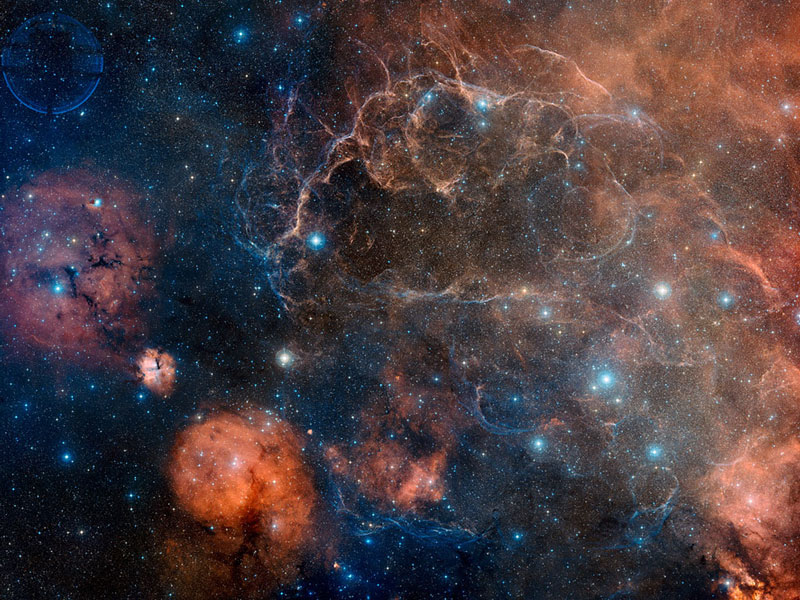
For more than 20 years Darwin collected vast amounts of scientific data and pondered the issue of how animals and plants changed their morphology over long periods of time.
In addition to establishing the science of evolutionary biology, Darwin was an accomplished geologist and had collected many fossils from various strata of rocks during his five-year voyage on the Beagle; as a result of this activity, he was aware of the vast age of the earth.
He also studied mutations resulting from breeding experiments with domestic animals and plants.
He was able to consider all this information when he was trying to determine the ‘specific mechanism’ that permitted animals and plants to change over time. Eventually he realized that the mechanism underlying the process of evolution was that of ‘natural selection’. This idea led him to publish On The Origin Of Species, arguably the most significant book of the last two centuries, on November the 24, 1859.
To explain the mechanism of natural selection, the first two paragraphs of Chapter 4, on natural selection, taken from his original publication are presented below so that you can read it, in Darwin’s own words. To read the entire Chapter or the entire publication, go to On the Origin of Species.
Natural Selection
Additional reading and websites: Larson, Edward; Evolution: The Remarkable History of a Scientific Theory, Modern Library Edition 2004.How will the struggle for existence, discussed too briefly in the last chapter, act in regard to variation? Can the principle of selection, which we have seen is so potent in the hands of man, apply in nature? I think we shall see that it can act most effectually. Let it be borne in mind in what an endless number of strange peculiarities our domestic productions, and, in a lesser degree, those under nature, vary; and how strong the hereditary tendency is. Under domestication, it may be truly said that the, whole organisation becomes in some degree plastic. Let it be borne in mind how infinitely complex and close-fitting are the mutual relations of all organic beings to each other and to their physical conditions of life. Can it, then, be thought improbable, seeing that variations useful to man have undoubtedly occurred, that other variations useful in some way to each being in the great and complex battle of life, should sometimes occur in the course of thousands of generations? If such do occur, can we doubt (remembering that many more individuals are born than can possibly survive) that individuals having any advantage, however slight, over others, would have the best chance of surviving and of Procreating their kind? On the other hand, we may feel sure that any variation in the least degree injurious would be rigidly destroyed. This preservation of favourable variations and the rejection of injurious variations, I call Natural Selection. Variations neither useful nor injurious would not be affected by natural selection, and would be left a fluctuating element, as perhaps we see in the species called polymorphic.
We shall best understand the probable course of natural selection by taking the case of a country undergoing some physical change, for instance, of climate. The proportional numbers of its inhabitants would almost immediately undergo a change, and some species might become extinct. We may conclude, from what we have seen of the intimate and complex manner in which the inhabitants of each country are bound together, that any change in the numerical proportions of some of the inhabitants, independently of the change of climate itself, would most seriously affect many of the others. If the country were open on its borders, new forms would certainly immigrate, and this also would seriously disturb the relations of some of the former inhabitants. Let it be remembered how powerful the influence of a single introduced tree or mammal has been shown to be. But in the case of an island, or of a country partly surrounded by barriers, into which new and better adapted forms could not freely enter, we should then have places in the economy of nature which would assuredly be better filled up, if some of the original inhabitants were in some manner modified; for, had the area been open to immigration, these same places would have been seized on by intruders. In such case, every slight modification, which in the course of ages chanced to arise, and which in any way favoured the individuals of any of the species, by better adapting them to their altered conditions, would tend to be preserved; and natural selection would thus have free scope for the work of improvement.
Source: Charles Darwin.; On The Origin of Species: The Easton Press Norwalk Con.
Dawkins, Richard; The Blind Watchmaker:, W.W. Norton and Co. 1996
Diamond, Jared; The Third Chimpanzee, Harper Perenniel, 1993.
reposted from: http://www.darwinday.org/englishL/evolution/theory.html
my highlights / emphasis / comments















